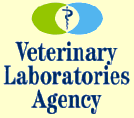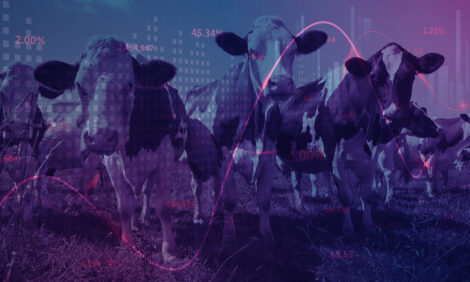



UK Cattle Disease Quarterly Surveillance Report (to September 2006)
By Veterinary Laboratories Agency - This report monitors trends in the major endemic cattle diseases. The report is compiled using disease data gathered by the network of VLA Regional Laboratories.
 July - September 2006 Published February 2007 Contents OVERVIEW (here) Cattle Diagnostic Submissions Farm Visits Leptospirosis Johne’s Disease BVDV Cryptosporidia IBR Scanning Surveillance for New and Emerging Diseases Salmonellosis Food Safety Incidents |
HIGHLIGHTS
- Severe summer grass shortage.
- First isolation of Bovine Lymphotropic Herpes Virus in GB.
- Reduced incidence of PGE, Husk and Necrotic Enteritis.
- BVDV 2 strain similar to “New York 93” isolated in GB for the first time.
- Possibility of prolonged snail fluke transmission period.
- Increased incidence of Cryptosporidiosis and Coccidiosis.
- Increase in undiagnosed Systemic and Miscellaneous Disease
- Increased incidence of S. Typhimurium and other Salmonella.
- Botulism incident involving eight Devon farms.
OVERVIEW – England and Wales
This was one of the warmest and driest summers on record in which cattle generally enjoyed good health. These climatic conditions however had a severe affect on the growth of forage crops, particularly grass, resulting in:- Variable silage crops, in both quality and quantity, throughout the harvesting season.
- Restricted grazing, particularly for dairy cows, necessitating the early introduction of full winter feeding on many dairy farms and consequent winter forage shortages on some necessitating the additional purchase of conserved forages.
- The August UK milk production falling to its lowest level in 13 years.
- The EU Commission giving permission for the grazing of set-aside land, which is normally prohibited from 15 January until 30 August each year, to ease the forage shortage.
Further Information
To read the full report click hereFebruary 2007


